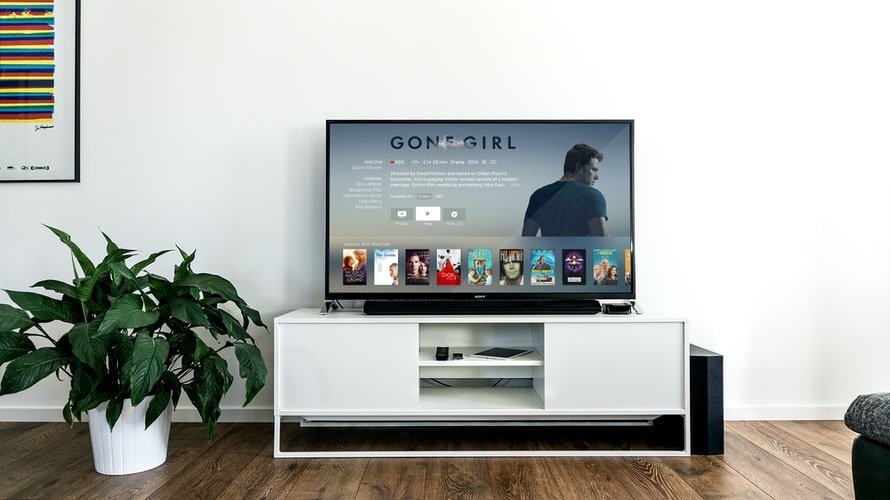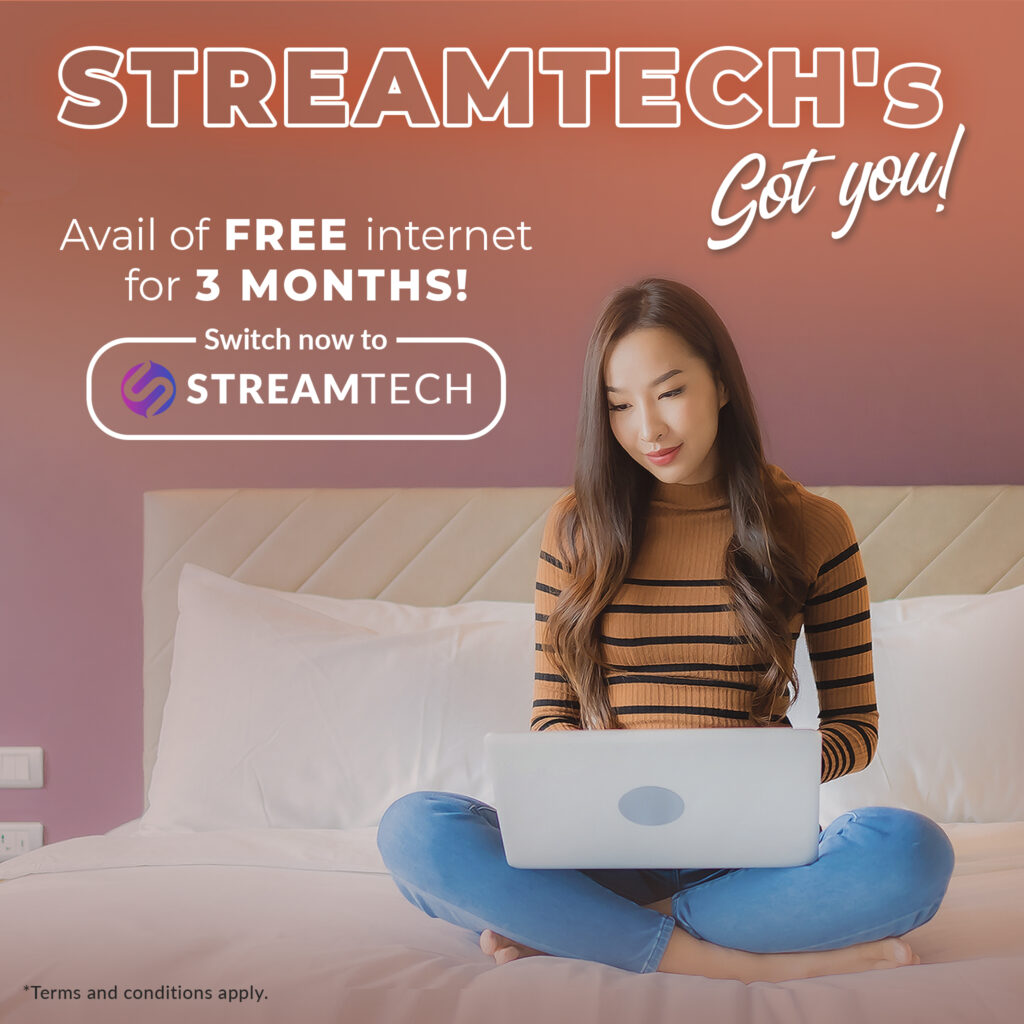Photo by Jens Kreuter on Unsplash
The idea of connecting any device with the Internet is not new. The physical world has been connected to the virtual world for a long time. But this connection is limited to digital devices such as computers, tablets, and mobile phones, among others.
Some companies have tried to connect our entire physical world into one giant network called the Internet of Things or IoT. In other words: it is connecting humans, animals, and physical objects with the Internet. This article explains what is IoT, how it works, IoT examples, applications, and the benefits of this new technology.
What is Internet of Things (IoT)?
IoT stands for Internet of things. It is a large network with devices connected to each other via the Internet, particularly Wi fi. This system of interrelated computing devices can be anything, ranging from home appliances to cars, among others. The overall goal behind this system is that all these devices will work together in order to make our lives easier and more comfortable.
The definition of Iot is by two characteristics: automation and connectivity. For automation, the IoT is a concept that entails a direct connection between different devices, objects, and other hardware without the need for human intervention. While on a global scale, improved connectivity inside one network provides for quick access to a variety of data.
Because of these characteristics, the IoT will need to use a variety of technologies to guarantee that data sending, analysis, and response to automatically across various devices and objects. Automation, for example, would be impossible without Artificial Intelligence, Big Data, and Machine Learning, while cloud computing and wireless communication technologies substantially ease connectivity.

History of IoT
Kevin Ashton created the term “Internet of Things” while working for Procter & Gamble in 1999. Ashton, who worked in supply chain optimization, sought to get the attention of top management to a new intriguing technology called RFID ((radio frequency identification). He titled his presentation “Internet of Things” since the Internet was the trendiest new technology in 1999 and it seemed to make sense.
Despite the fact that Kevin piqued the interest of certain P&G executives, the phrase “Internet of things” did not gain general acceptance for the following ten years.
Wireless technologies, microelectromechanical systems (MEMSes), microservices, and the Internet have all come together to form the IoT. The convergence has aided in the dismantling of barriers between operational technology (OT) and information technology (IT), allowing for the analysis of unstructured machine-generated data in order to drive improvements.
M2M communication, or machines communicating to one other via a network without human intervention, gave rise to IoT. Connecting a device to the cloud, managing it, and collecting data is part of the process of M2M.
IoT is a sensor network of billions of smart devices and gadgets that connects people, systems, and other applications to gather and exchange data, taking M2M to the next level. M2M provides the connectivity that makes the IoT possible.
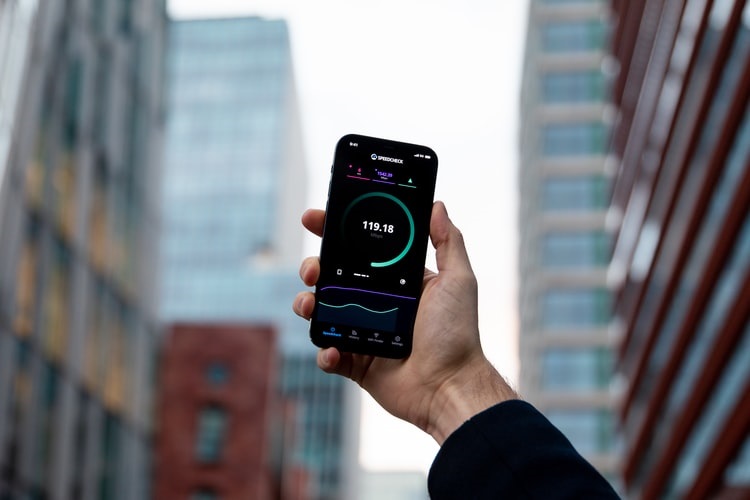
How does IoT work?
Smart devices and items with built-in sensors have connection to an IoT gateway or other edge device, which combines data from various devices and machines and uses analytics to share the most useful data with applications tailored to individual needs.
These sophisticated IoT solutions can determine precisely which data and information are important and which may be safely disregarded. The usage of these IoT data can be to spot patterns, make recommendations, and search potential issues before they arise.
The data and information collected by these connected devices allow individuals to make informed judgments about which components to stockpile based on real-time data, saving time and money.
Advanced analytics gives you the power to make operations more efficient by providing insight. You can automate certain activities using smart apparatuses and applications, especially if they are repetitive, dull, time-consuming, or even risky.
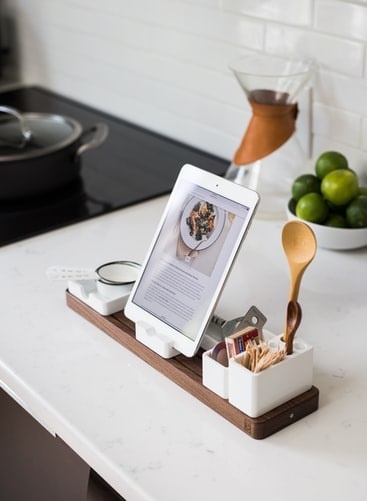
The Importance of IoT
IoT has emerged as one of the most important technologies of the 21st century in recent years. Now that we can link common objects to the Internet via embedded devices, including household appliances, automobiles, thermostats, home products, and baby monitors; seamless communication between people, processes, and things is feasible.

Physical things can exchange and gather data with minimum human interaction thanks to low-cost computers, the cloud, big data, analytics, and mobile technologies. Digital applications can record, monitor, and adapt each interaction between connected devices in today’s hyperconnected environment. The physical and digital worlds collide, yet they work together.
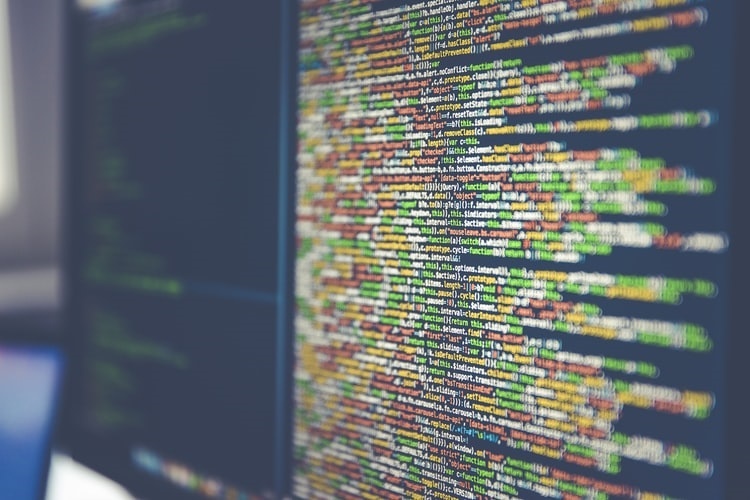
Internet of Things Examples
House appliances are practical illustrations of how IoT can be utilized. If you are sleeping at your house while your air conditioner switches itself off at a certain temperature so it saves electricity but also doesn’t freeze you in the middle of the night is an example of IoT.
Another use of IoT could be: imagine that you have a big pet dog that weighs 50 kilograms. Now imagine that you have a pet gate, which is connected to the Internet at your front door as well. As soon as your dog tries to cross through the pet gate, it knows this by itself because of Wi fi or BlueTooth and tells you on your phone that you forgot to close the gate.

Advanced technologies that IoT made possible
While the concept of the IoT has been around for a long time, recent breakthroughs in a variety of technologies have made it a reality.
1. Low-cost, low-power sensor technology is available
IoT technology is becoming increasingly accessible to more manufacturers thanks to the availability of low-cost, high-reliability sensors.
2. Connectivity
A variety of internet network protocols have made it simple to link sensors to the cloud and other “things” for efficient data transfer.
3. Platforms for cloud computing
Cloud platforms are becoming more widely available, allowing organizations and individuals to have access to the infrastructure they need to grow up without having to handle it all themselves.
4. Analytics and machine learning
Businesses can obtain insights faster and more readily thanks to improvements in machine learning and analytics, as well as access to diverse and huge volumes of data and information stored on the cloud. The growth of these associated technologies continues to push the frontiers of IoT, and IoT data feeds these technologies as well.
5. Conversational Artificial intelligence (AI)
Natural-language processing (NLP) has been brought to IoT devices, such as digital personal assistants Alexa, Cortana, and Siri, thanks to advances in neural networks, making them more attractive, cheap, and practical for home-usage.

Applications of IoT
The IoT has a wide range of real-world applications, from home devices to consumer and corporate IoT to manufacturing and industrial IoT (IIoT).
1. Smart Home
People have always desired more comfort and convenience in their lives, and IoT in a smart home is arguably the biggest success in this regard. It excels at the role of simplifying and enhancing your life: many processes in your house operate on their own, but overall control remains in your hands.
IoT connects all of the devices to the internet, expanding the possibilities of a home network and the installment of home security systems. For example, you can now use your smartphone or computer to monitor what is going on in your household via security cameras. IoT applications enable you to connect devices and have them interact without intervention.
2. Smart Cities
IoT has been a fundamental pillar of smart city development since the concept of a smart city was originally proposed. This mechanism will continue to develop and have a greater impact on the way we live as technology progresses and more countries embrace next-generation connections.
Smart cities are meant to be made up of not just internet connection for individuals in a location, but also access to the city’s IoT Systems. We can confidently state that we are on our way to fulfilling this dream. Attempts are being made to incorporate linked technology into infrastructure requirements as well as certain critical problems such as traffic management, waste management, water distribution, electricity management, and energy consumption.
3. Agriculture
The IoT solutions are aimed at assisting farmers in bridging the supply-demand gap by assuring high yields, profitability, and environmental preservation. Precision agriculture is a method of leveraging IoT data and IoT systems to assure the most efficient use of resources in order to maximize agricultural yields while lowering operating expenses. Specialized equipment, wireless network, software, and IT services are all part of the IoT applications in agriculture.
Smart farming, which is based on IoT technology, allows growers and farmers to minimize waste and increase production in a variety of ways, from the amount of fertilizer used to the number of trips made by farm vehicles, as well as the effective use of resources like water and energy.
4. Healthcare
IoT in healthcare refers to connected devices that are utilized in a hospital, clinic, or other medical facilities. Smart thermostats, controlled lighting, security systems, digital signs, and a variety of sensors are examples of IoT devices. Some of these devices serve a particular role in patient care, comfort, and safety when used in this setting.
Environmental controls and security solutions, as well as wearable sensors and cloud-connected medical equipment, are all part of IoT applications in medical care. The beneficial influence of IoT in this field improves the patient experience while also boosting the quality of care by healthcare providers.
5. Smart Grids
A smart grid, for example, is a comprehensive system that employs a wide range of Information Technology resources and IoT systems to enable current and new gridlines to decrease power waste and costs. Electricity efficiency, reliability, and economics will all benefit from a future smart grid.
6. Retail Industry
Store managers may use the IoT and retail to identify new methods to engage with customers. Also, they can:
- create a quick and direct customer experience
- enhance product upkeep
- and form long-lasting bonds with first-time consumers.
Using IoT applications to develop a personal connection between a brand and its customers is an excellent approach for a business to do so.
Retailers may utilize the technology to learn more about their customers and set the stage for microtargeting. Marketing managers will be able to make better and informed decisions. They can employ more targeted and cost-effective advertising as a result of this.
7. Industrial Internet
The Industrial Internet of Things (IIoT) connects essential data, assets, powerful predictive and prescriptive analytics, and contemporary industrial employees. It’s a network of industrial devices. And communications technology linked them together. This is to create systems that can monitor, gather, exchange, analyze, and offer important data. They also offer new insights like never before. This information may then be useful to assist industrial businesses to make better, faster business decisions.
8. Connected Cars
By allowing connected cars, IoT is redefining the automotive. Car owners may use the IoT to control their vehicles remotely. This include preheating the vehicle before the driver gets in or requesting a car by phone. The car will be able to arrange its own servicing appointment because of IoT’s capacity to facilitate device-to-device communication.
Previously, manufacturers and individual customers had an arm’s length connection or none at all. When the delivery of automobile was complete to the dealer, the manufacturer’s connection with it effectively terminated. However, with connected cars, manufacturers and dealers can maintain constant contact with their customers.
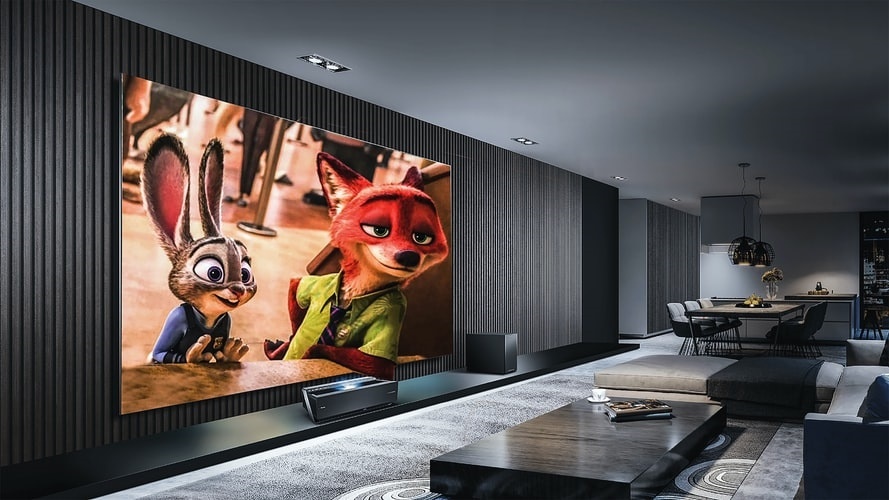
What about privacy?
Individuals’ everyday actions, behaviors, and how citizens do things will be tracked, recorded, and analyzed. Therefore, developers, policymakers, and companies must focus on informing customers and citizens about:
- who collects the data
- what types are each collected personal data and information
- how these are kept, utilized, and revealed
- and to whom and for what objectives of business processes are these used.
Users should be allowed to maintain control of their data opt-out of the “smart” environment without facing negative repercussions, according to privacy standards. They should have those entitlements to avoid the possibility of online scams.
Before we rush to embrace smart devices and sensors that can send data about many personal aspects of our daily lives to the cloud, we must first educate ourselves about the implications of IoT. We should plan for the integration of privacy principles. Also, include the safeguards into the design and implementation of the many smart environment components and data processing.
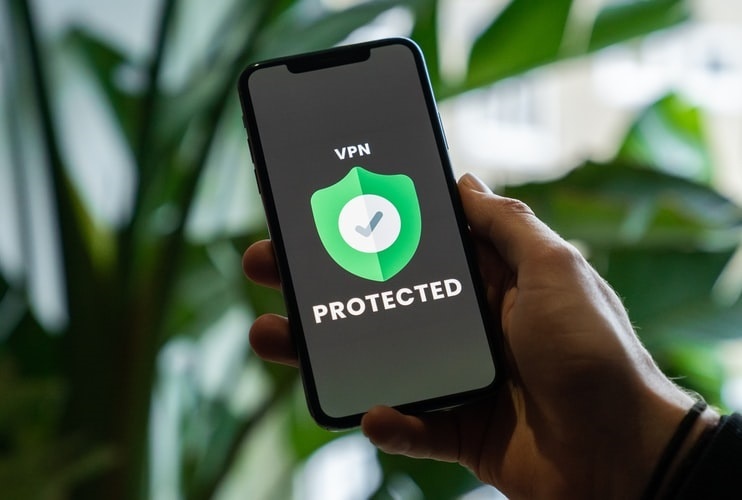
Is IoT good or bad?
Most people get pretty excited about the IoT, while some think that this whole system isn’t safe for our privacy. There’s only a real problem with IoT. We don’t know what tech companies will do with all the data they can collect from us.
People might be fine with one company knowing everything about us. But then, another company gets interested in our data and information as well. As long as these tech companies and business firms are transparent about how they use these data, people will be fine with it.
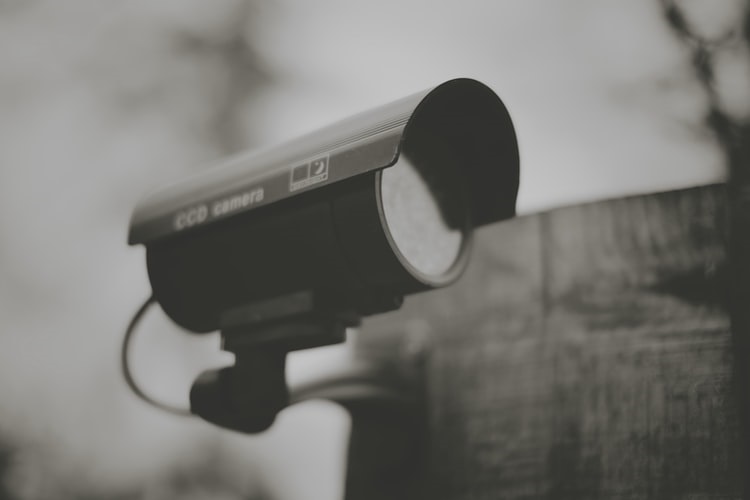
The Future with IoT
Conversations concerning the IoT are happening all around the world. This is as we try to figure out how it will affect our way of life. We’re also attempting to figure out the numerous opportunities and problems when more and more devices join the IoT.
For the time being, the greatest thing we can do is search further regarding this technology. Also, we need to educate ourselves with correct information on the IoT. We shall include its potential impacts on how we work and live.
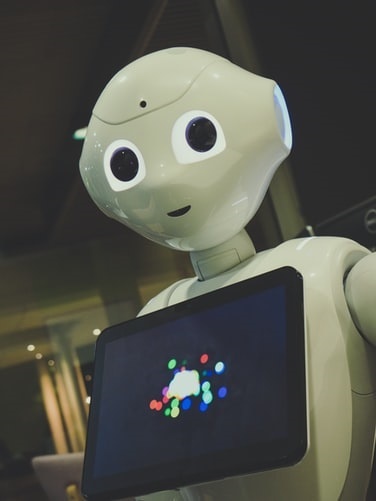
Choose the Best ISP with amazing fiber Internet
In order to level up our awareness of IoT, it is apt to get products and services from a service provider that can offer great fiber internet.
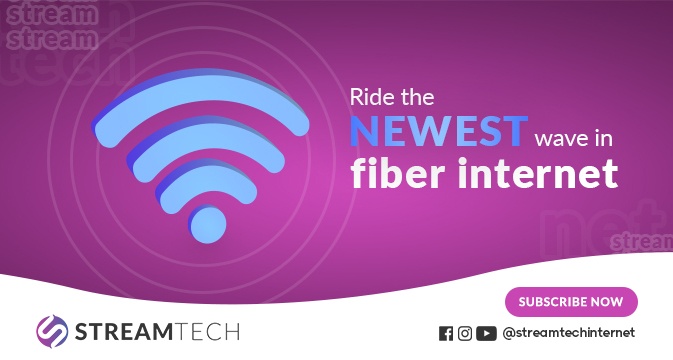
Get fast, reliable, and unlimited internet plans from Streamtech, that are also affordable and ideal for your online requirements. We all deserve unlimited internet plans that are also reasonable and can come with high-quality devices and services.
Also, level up the quality of your home entertainment. You can get a fiber internet package with a cable TV bundle from Streamtech. With Streamtech’s digital cable, delivered by Planet Cable, you can now view your favorite TV series and movies.
Subscribe to Streamtech now and enjoy an upgraded internet experience, enhanced connectivity, and amazing customer service.
You can also visit Official FB Page for more details.

